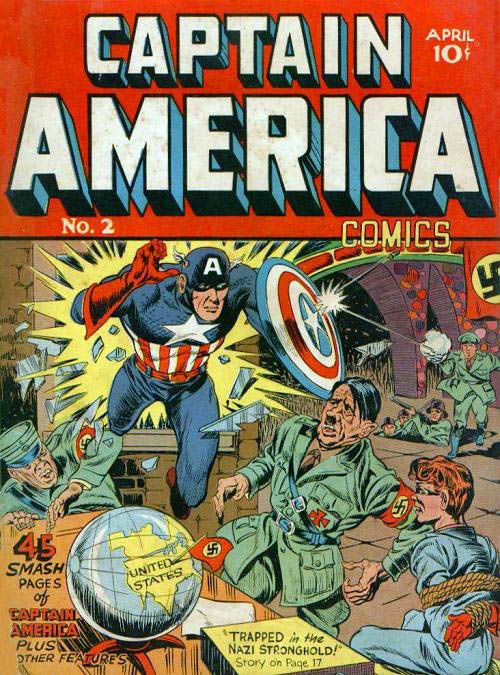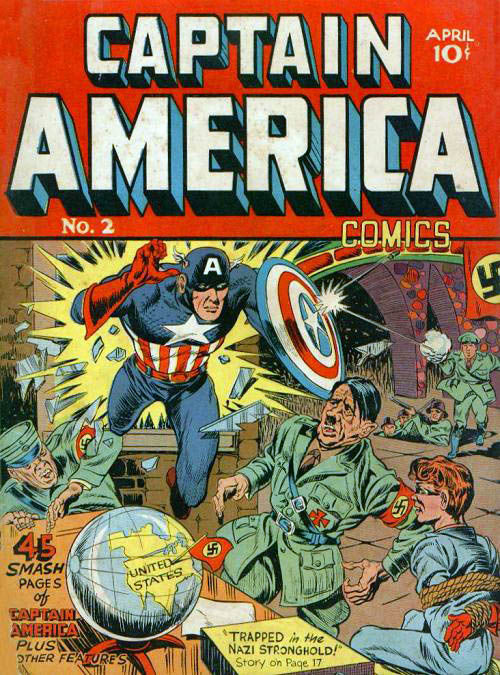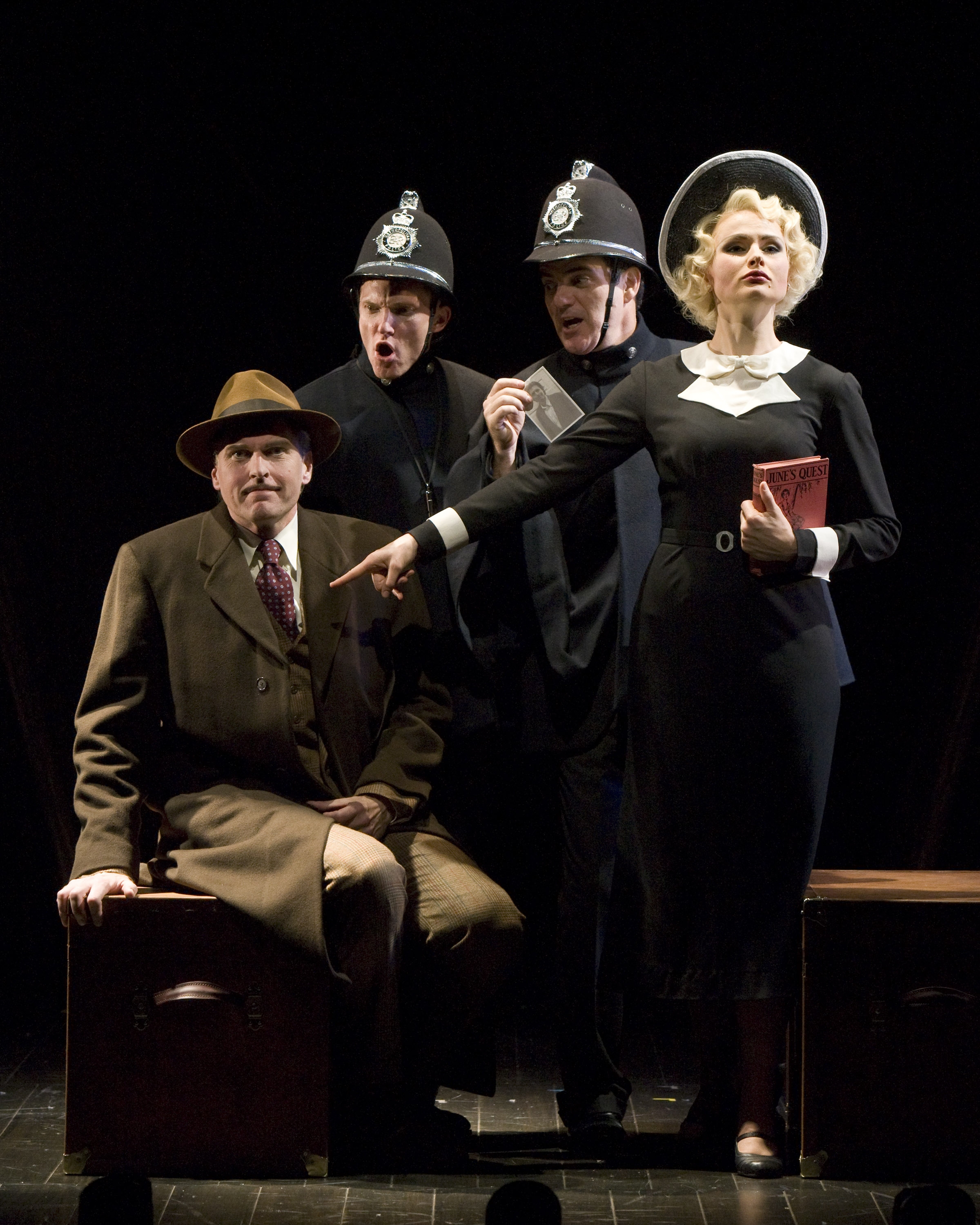Bindi Irwin, daughter of the late “Crocodile Hunter” Steve Irwin, stars in her first feature film, “Free Willy: Escape from Pirate’s Cove.” Inspired by the popular series of movies about a boy and a whale, this new adventure is about Kirra (Irwin), an Australian girl who visits her grandfather (Beau Bridges) in South Africa for the summer. When she discovers a stranded baby orca she names him Willy. She and her grandfather must help the whale get back to his pod before a greedy theme park owner steals him.
I spoke to Bindi and her mother Terri in the studios at a local public radio channel, WAMU, where she was appearing on their Animal House show. Bindi is a joy to talk to — so bright and friendly but also fearless and very passionate about animals, just like her dad.
I have one copy of the DVD to give away to the first person who sends me an email at moviemom@moviemom.com with “Bindi” in the subject line.
This is your first time acting. You’ve done a lot of documentary-style filming, but this was quite different.
I play a little girl called Kirra Cooper. She does not take no for an answer! This was my first time being someone else and being in a movie and it was very exciting. She was different from me but there was one similarity. She was trying to save this Orca called Willy, who washed over the lagoon wall and into my grandfather’s theme park. And in real life, I am trying to save the Steve Irwin wildlife preserve. It’s in Australia, up on Cape York and it’s in danger of being strip-mined. You can go to our website at Australia Zoo and sign a petition. 
And how is Kirra different from you?
I can tell you a funny story about that! In one scene, I had to get really, really angry at the bad guy. My cheeks were getting all red and I was all grumpy. And I went back to the trailer and my mother said, “Bindi, I’ve never seen you that mad!” And I said, “I’ve never seen me that mad, either!” It was really fun to get a chance to do that. Beau Bridges was such an inspiration and he helped me so much. He gave me the book Acting: The First Six Lessons and I listened to it in audio and now I’m reading it, too.
and I listened to it in audio and now I’m reading it, too.
Tell me about working with Beau Bridges!
It was so nice because my mum’s dad died a little over a year ago and so he became like another grandfather to me. In one scene he said when I was going to sleep, “Don’t let the bedbugs bite!” And that was heartwarming because that is what my grandfather used to say to me before I went to bed. I was also glad to work with someone who had been working in movies since he was six years old.
Did you film on location?
We got to go to South Africa for the very first time. My dad had been there before filming documentary films but there was political unrest and malaria so we did not get to go along. While we were filming my brother Robert went off and got to see Africa. His favorite animal is the chameleon and now I don’t think there is a single chameleon in Africa un-wrangled by Robert.
If you said “Boo” to me I wouldn’t sleep for two weeks! I don’t like scary movies. But I love my dad’s movie “Crocodile Hunter: Collision Course” and I liked doing this because it was like his. It isn’t just an action-packed fun family movie. You’d accidentally learn something, too. And there’s a great kid empowerment message. Kirra stands up for herself. She has a voice. A while ago I saw a very old movie and it had a man who said, “Children should be seen and not heard.” And I had to ask my mum what that meant! She said some people thought that children should not have opinions or have a voice. And I really believe we’re the next voters, we’re the next decision-makers, we are the generation making a difference on our planet to decide what will happen on this planet, so we should have a voice and be able to make decisions.
What was the most fun scene to work on?
They were all a lot of fun but the funniest was when I had to be eating an ice cream. But it was mashed potatoes! I’ll never look at ice cream in a movie the same way! They have to do that so it wouldn’t drip everywhere.
What’s the best advice you got about making the movie?
I was so used to documentary filming where it’s one take. You can’t really say, “Make that elephant charge again!” And you talk to the camera. With movie filming you’re talking to someone else. And Beau told me to think of it like you’re having a conversation. That really helped me. And everyone was lovely, even the crew. They all helped me so much. And we all laughed a lot of the time.
What should kids know about animals?
One of the great things that my dad told me was to treat animals the way you’d like to be treated. And it’d not just woodland creatures and conservation. Every time you lose an animal species, it’s like losing a brick from a house. Pretty soon the house just falls down. Snakes for example. People think they’re sticky and monstrous. But they’re cool and gorgeous. We live in a zoo and we get to share all our animals with the people who come in. We really put our animals first, and then the staff, and then the visitors. The animals aren’t pacing; they’re all happy. When you touch an animal, it ultimately touches you.
Do you have a favorite animal?
I love snakes and crocodiles but my favorite is the echidna, like the porcupine they have here. When a predator tries to grab them they curl up into a little ball. Whoever thought them up was very creative! Every August we go to study the saltwater crocodile, the largest reptile on the face of the earth. There’s so much we don’t know about them. You can’t give them a sedative so in order to put in the trackers we actually have to jump on them, use human force. It’s a lot of fun. You haven’t lived until you’ve been lying on a dinosaur. He’s an apex predator, the top of the food chain. And gorgeous!
How can kids help conservation and animal protection?
We’re working with an organization called the Sea Shepherd to try to protect the whales. And we have Wildlife Warriors, a non-profit organization working on protecting the Cambodian forest elephants, with tigers and cheetahs. And we help to train shepherds so they can do a better job of protecting their herds.




